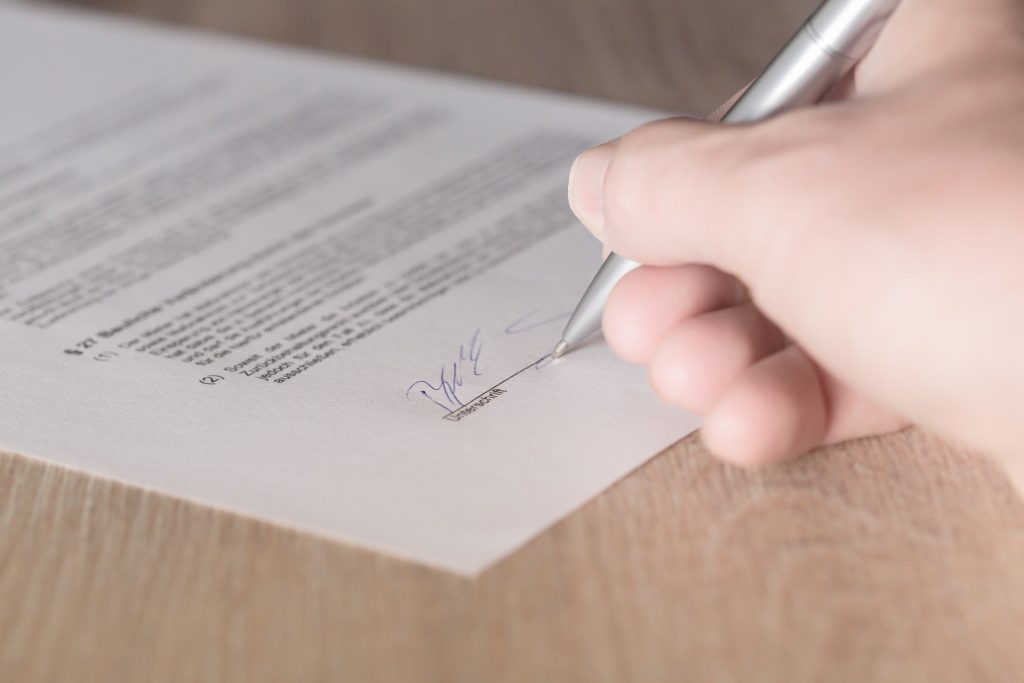What is the difference between a leasehold and freehold flat?
Sinead Campbell, from London Flats insurance, discusses everything you need to know about the difference between leasehold and freehold flats.
Are you thinking of buying a property in England or Wales?
There are generally two main types of flats: leasehold and freehold. In the UK however, most flats are leasehold.
So, what’s the difference?
Freehold flats
A freehold flat is when the person buying the property owns the property itself, as well as the land that the property is built on.
There is also an agreement known as a ‘share of freehold’. This is when the freehold of individual flats within a house or block are owned by the individual tenants – basically, they are sharing the freehold and each own a part of the property as a whole. This type of freehold is especially common in houses which have been converted into separate flats.
Leasehold flats
Whilst a freehold owner (or shared freeholders) owns the property and land, a leaseholder does not.
A leaseholder rents the property (usually as monthly payments) from the freeholder, who is normally the landlord. They usually pay monthly fees (rent) to live in or use the property, but they do not have ownership.
Leasehold agreements can be short-term or long-term: leaseholders can rent out the property for months, to years, to decades or even centuries depending on the leasehold agreement.
What type of building is normally used for leasehold flats?
There are different types of buildings which can be used for leasehold flats. Some are listed below:
- Purpose-built blocks: Flats which are built for the purpose of being rented out as leasehold homes.
- Converted houses: Houses which were not built with the intention of being used as separate flats but have been transformed to serve this purpose.
- Converted commercial properties: Buildings of a commercial nature (such as hotels or even hospitals) which have been converted to separate flats.

Buying a flat leasehold
Whilst leasehold agreements can sometimes be short-term, tenants can buy the leasehold of a property, which entitles the tenant to a very long tenancy. Buying the leasehold to a flat means the tenancy can use the property for the entire term of the lease, which is usually between 99 to 125 years. The length of the lease, however, decreases in length every year.
During the leasehold, the flat can still be bought by another freeholder.
What is the freeholder’s responsibility in the case of leasehold?
As the freeholder is still the legal owner of the property and the land, it is their responsibility to maintain the property to a good standard for the leaseholder. This includes standard health and safety requirements to ensure the safety of their tenants. They are responsible for everything within the flat (aside from the belongings of the leaseholder), such as the walls, floorboards, gas, heating and electrical systems.
This will all be outlined in the leasehold agreement, so be sure to fully familiarise yourself with the contract.
